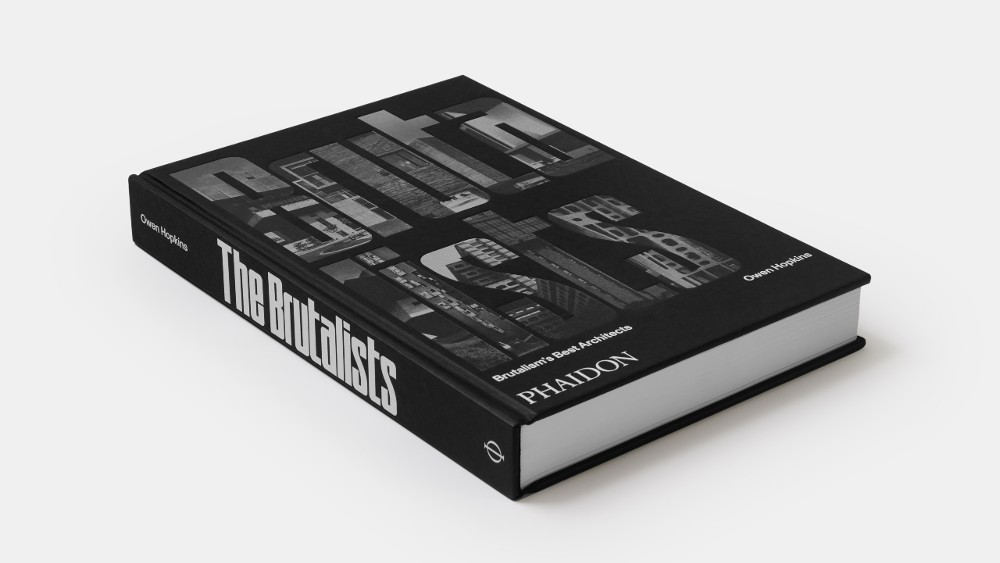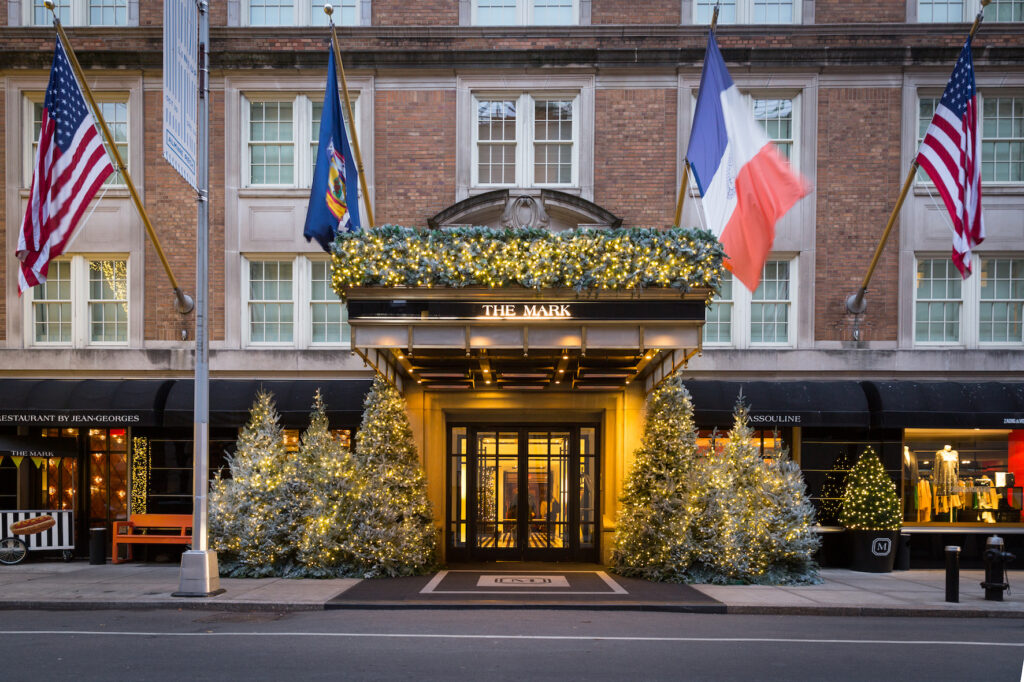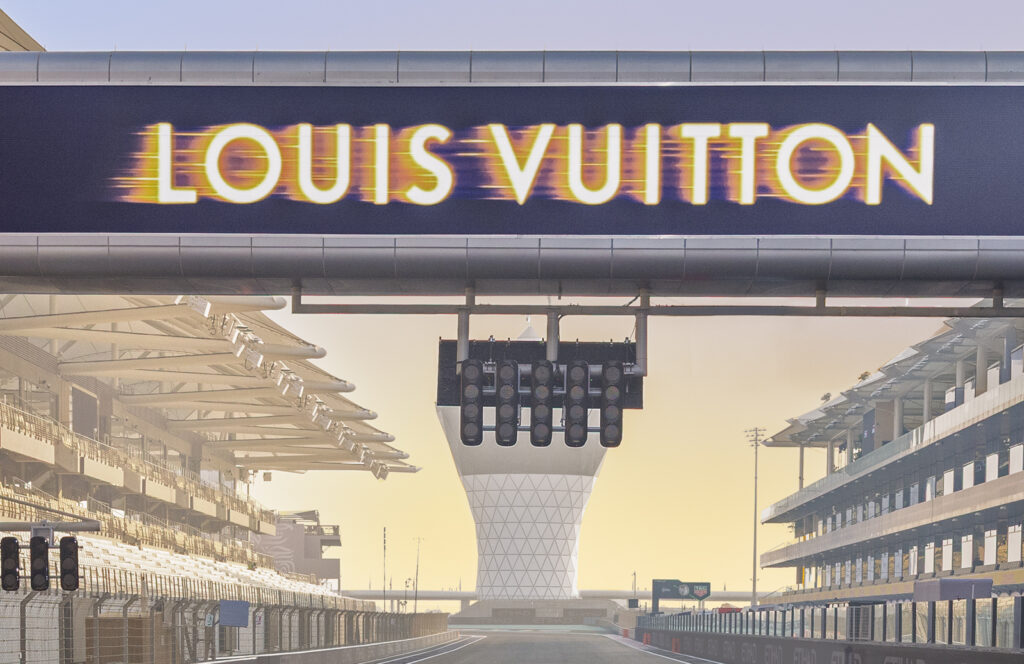Brutalism is one of the most polarizing architectural styles, but it continues to captivate people across the globe. So much so, in fact, that the pioneers of the movement and their most famous works have been immortalized in a new Phaidon book titled The Brutalists: Brutalism’s Best Architects.
Brutalist architecture gained popularity in the postwar era of the 1950s and 1960s, which grew out of the early 20th-century modernist movement. The style is defined by block-like forms—predominantly made from concrete or brick—with angular geometric shapes, unadorned structures, textured surfaces, simple silhouettes, and raw materials. Brutalism eschews glamorous grandeur and intricate patterns in favor of minimalist style.
The exterior of the book.
Penned by Owen Hopkins, the tome chronicles 350 Brutalist buildings from 1936 to today. It showcases structures from Australia to Bangladesh to Canada, England, Ukraine, Japan, South Africa, and beyond. Works featured include Raffaele Contigiana’s Hôtel du Lac in Tunisia from 1973; Ludwig Godefroy’s Casa Zicatela in Oaxaca, Mexico from 2015; and Alison and Peter Smithson’s Robin Hood Gardens in London from 1972, among others.
The hardcover also profiles 250 influential starchitects, from A to Z, including Le Corbusier, Peter Smithson, Mayumi Watanabe de Souza Lima,








